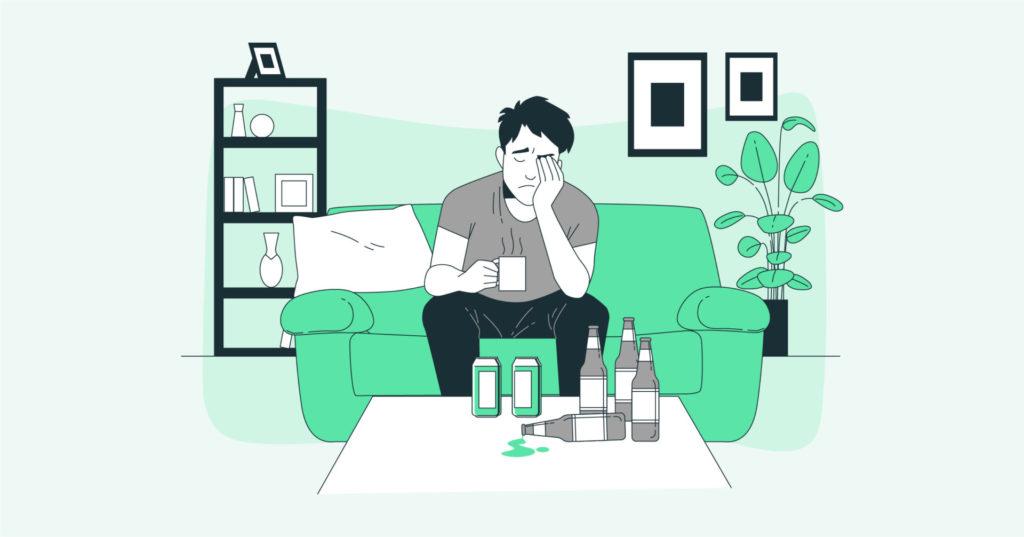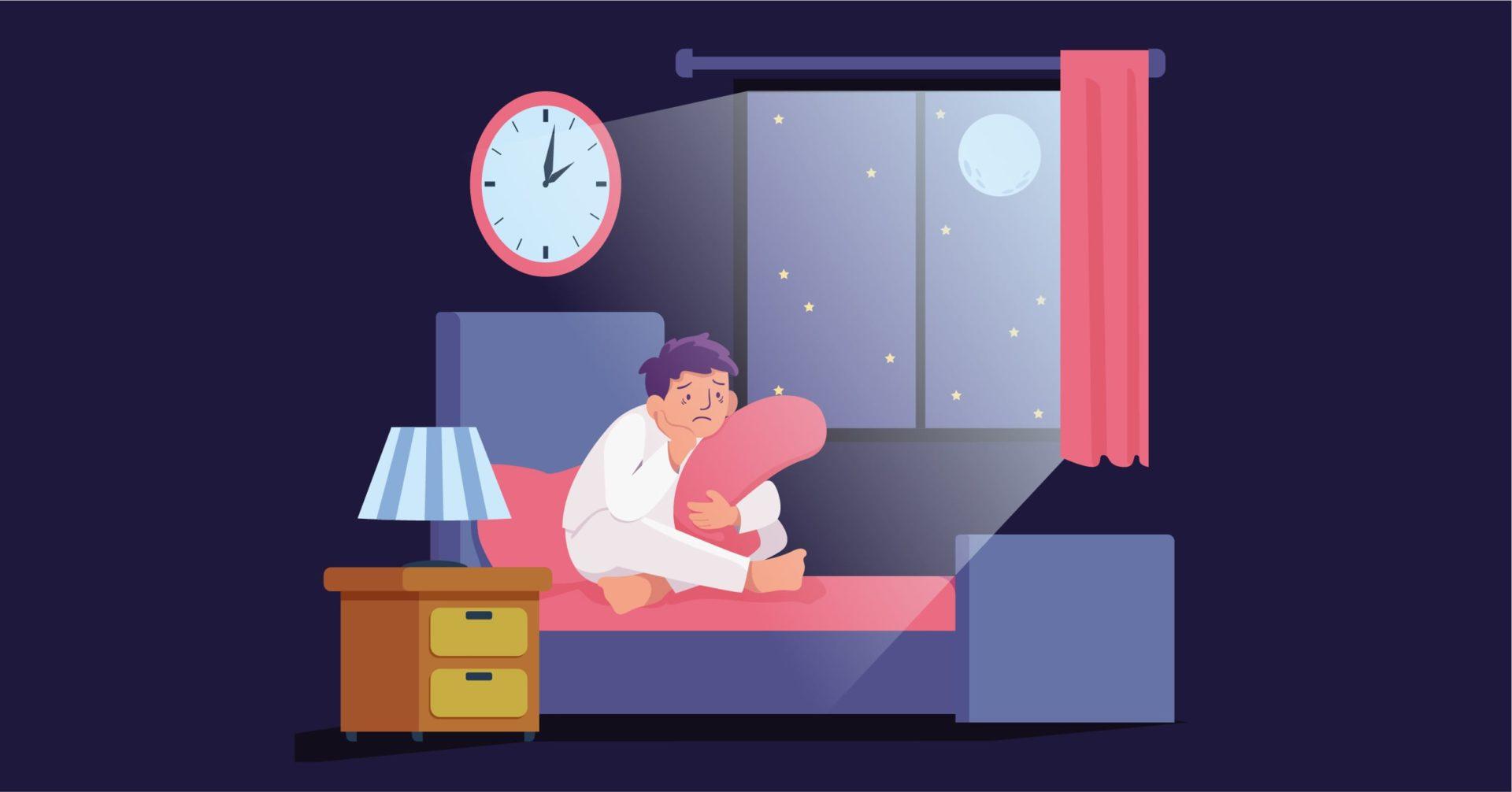Overview
Alcohol Use Disorder, also known as alcoholism, is a repeated pattern of alcohol abuse. It is characterised by taking alcohol in excessive amounts over a long period of time. There are repeated attempts to cut down on alcohol consumption which are consistently met with failure. The consumption of alcohol causes significant impairment in daily functioning.
While alcohol consumption is a major part of different cultures across the world, what differentiates healthy and unhealthy consumption is the impairment that alcoholism causes. There is impairment on all fronts- relationships, occupational functioning, physical health, as well as mental health.
An abusive pattern of alcohol causes long term damage to the glutamate system resulting in memory loss, blackouts, seizures and hallucinations. Physically, it may cause cardiovascular diseases, pancreatitis, liver disease. Chronic drinking often causes Dementia and Wernicke’s Korsakoff syndrome.
Common Signs and Symptoms
Common signs and symptoms include:
- Increasing alcohol consumption
- Not being able to cut down on alcohol despite trying multiple times
- The consumption often comes in the way of daily functioning.
- Persistently thinking about ways to obtain alcohol
- Loss of interest in other recreational activities like meeting friends and family
- Important social, occupational responsibilities are neglected.
- Constantly craving alcohol.
Self-control is the core of mental and physical well-being. Know how to exercise self-control with the help of professionals.
Risk Factors
Risk factors include genetics, sociocultural influences and family history and trauma. Depression, anxiety, conduct problems, and insomnia are frequently accompanied by heavy drinking.
Genetic influences account for at least 40-60% of increased risk of Alcohol Use Disorder. A person diagnosed with Alcohol Use Disorder usually has a close relative with a history of alcohol dependence.
Alcohol use often begins in early teens and turns into a full fledged disorder by mid 30s. However, it’s not a steady increase in consumption. There may be periods of abstinence and then a downward spiral of excessive drinking. In adolescence, alcohol interacts extensively with the reward neurocircuitry and corticolimbic structures in the brain which makes it more susceptible towards developing addiction.
In cultures where drinking is encouraged among teenagers, there’s a higher risk of them developing Alcohol Use Disorder. Teenagers may also fall prey to peer pressure and feel compelled to drink in social environments, increasing the risk of developing Alcohol Use Disorder.
Diagnosis
To be diagnosed with Alcohol Use Disorder, the following symptoms must be present for a period of at least 12 months:
- Increasing amount of alcohol over long periods.
- Unsuccessful effort to cut down alcohol.
- Cravings
- Recurrent drinking resulting in failure to fulfill work or home related responsibilities.
- Important social, recreational activities are given up.
- Alcohol is used despite the knowledge of having persistent or recurrent physical and psychological problems that may or may not be caused due to alcohol.
- A great deal of effort is spent in activities necessary to obtain, use and recover from alcohol abuse.
Psychologists are to specify the severity of the disorder. Other criteria includes marking the level of tolerance and withdrawal symptoms.
Treatment for Alcohol Use Disorder
Psychotherapy as well pharmacotherapy are used in the treatment of Alcohol Use Disorder. Often, patients may be admitted at rehabilitation facilities. Treatment plans usually start with the detoxification process where the patient goes through some intense withdrawal symptoms.
There are various psychotherapeutic approaches ranging from CBT to talk therapy as well as family therapy. Psychotherapy often helps in changing behavioural attributes that contribute to drinking, learning coping mechanisms and garnering adequate support.
AA meetings and other self help groups may help in coping with daily stressors and avoiding drinking.
Pharmacotherapy options include disulfiram, naltrexone and acamprosate. These usually help in controlling urges and blocking receptors which in turn dull the effect of alcohol when consumed.
Differential Diagnosis
1. Non-pathological use of alcohol: Alcohol use disorder is the intake of heavy doses of alcohol with repeated and significant distress or impaired functioning. While most drinkers sometimes consume enough alcohol to feel intoxicated, only a minority ever develop alcohol use disorder.
2. Sedative, hypnotic or anxiolytic use disorder: The signs and symptoms of alcohol use disorder are similar to those of sedative, hypnotic, or anxiolytic use disorder. The two must be differentiated, because the treatment may be different, especially in relation to medical problems.
3. Conduct disorder and Antisocial personality disorder: Alcohol use disorder, along with other substance use disorders, is seen in the majority of individuals with antisocial personality and preexisting conduct disorder. Because these diagnoses are associated with an early onset of alcohol use disorder.
Comorbidity
Bipolar disorder, schizophrenia, antisocial personality disorder are seen to be highly associated with higher alcohol use. Alcohol use disorder is also mildly comorbid to depressive symptoms which are a result of the intoxication or withdrawal.
Along with mental comorbidities, alcohol use disorder is also comorbid with medical disorders.
Specialist
A psychotherapist, psychologist and psychiatrist treat alcoholism.
In Conclusion
Alcohol use disorder affects not only mental health but also physical condition and socio-economic standards. This condition can occur at any age, right from early teenage years to late adulthood.
Alcohol use disorder, when unattended, invites other health conditions and deteriorates overall mental and physical wellbeing. It is important that you understand the different stages of Alcohol use, i.e whether an individual is drinking out of peer pressure, to meet social standards, due to trauma, or to deal with failure.
Early prevention is possible with therapy and professional counselling.
Book your personalized therapy session and gain control of your life.






